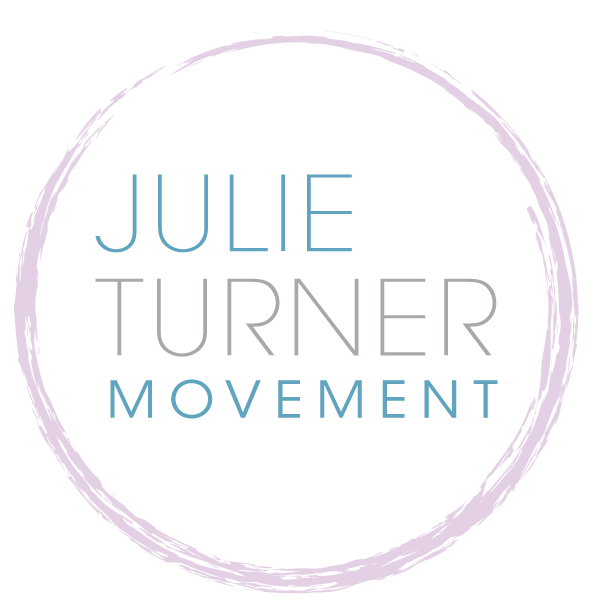Top 5 Mistakes You Make Exercising at Home (and how to avoid)
Video: A brief history of Pilates
If the COVID pandemic has taught us anything it’s that working out at home is just as good (if not better) than expensive gym memberships. Plus, you’re far less likely to be infected with a virus.
But home exercise is itself fraught with risks too; risks that can change your life forever if you don’t learn to exercise safely. There is, actually, a form of exercise that I recommend not only for its inherent benefits but also for helping avoid injuries when performing a wide variety of other exercises: Pilates.
Why Pilates? Well, Pilates alignment work and balanced muscle development teach you how to avoid common exercise mistakes and injuries.
Here are the top 5 risks of injury you expose yourself to when working out at home - and some great tips on how to avoid them using Pilates techniques that make you less prone to injury no matter what you’re doing:
Knee Injuries due to misalignments
When we are stationary, our joints get stiff. The most common areas of tightness and stiffness are in the knees and the lower back. That means it’s very important to do leg work to stabilize and mobilize the knee joint. It’s also equally as important to make sure your knee foot and ankle alignment is accurate and warm the joints up with light movement before doing any heavy squatting or lifting. You want your knees to be in line with your second toes when standing and you never want your knee joint to pass over your toes when you squat or lunge. If you have a mirror or a window, try a few exercises to make sure your alignment is correct before beginning your work-out.
Quick fix: Grab a yoga block or a light book and place it between your knees while you perform a Pilates bridge exercise. This will warm-up your hamstrings and ensure the alignment of your knees at the same time.
Spine misalignment that causes back pain
If you are overarching your back or tucking your pelvis and rounding your spine, you will not be able to use the correct muscles in most exercises. Plus, you will destabilize your spine and keep your core from getting stronger. When you do the movement, you need your spine to be in the optimal position to keep yourself safe. There are many exercises that move the spine in different directions which makes it even more important to have a healthy starting point.
Quick fix: Find a neutral spine by lying on your back with your knees bent and your heels in line with your SITS bones (this will also help your knees, FYI). Notice which parts of your spine touch the ground. You should feel the back of your head, your upper back and ribcage, and your tailbone on the ground. Your neck and lower back should be gently sloping away from the ground.
Putting too much strain on the shoulders
Many people put way too much strain on their shoulders while doing push-ups and planks. These are also some of the most common exercises to try on your own because most people know what they are. When you strain your shoulders in the plank position, you actually round your upper back slightly and put a lot of pressure on the neck and shoulder joint. You actually want freedom in the neck and shoulders, while your core works hard to support you, and your arms stack nicely to form the plank position.
Quick fix: In a plank, make sure your hands are directly under your shoulder joint, your nose is in front of your fingers and you can turn your head from side to side with no tightness or tension.
“Dead Butt” Syndrome during glute work
Sitting at a computer all day can cause a lot of tightness in your body, particularly in the hip flexors. When you spend hours in a seated position, the muscles that fold your hips get locked in a tight position. Once this happens, it gets a lot harder to feel your glutes working during lower body exercises. This is because a tight hip flexor tilts your pelvis anteriorly and makes it harder to extend the front of the hip. Your glutes are there to protect your back by stabilizing the connection between your lower body and spine while extending the hip joint. When you can’t get fully into that position, your glutes don’t fire when they are supposed to.
Quick fix: Stretch your hip flexors in before your work-out. Try a low lunge for an active stretch, and make sure to press your pelvis forward while performing the move.
Not switching it up enough
The body responds best to a movement that takes you in every direction. If you are only doing one type of work-out, you are doing yourself a disservice. That’s just one more reason why Pilates is such a great choice for at-home work-outs. It has over 500 different exercises and variations to choose from. Plus it makes an excellent base work-out that targets the whole body. You can do it every day if you want, but I would suggest about three times a week, switching props and focus, then adding cardio and weight training, dance, yoga, hiking, or whatever else you love on the other days.
Being active is great not only for your physical health but your mental health too. It’s just important to be safe or you could alter both in the future with an injury. Try working in Pilates workouts at home. It will help you avoid injury and really get the most out of your fitness routine.
Get some great Pilates routines you can try right in your home by subscribing to my monthly video subscription. New videos are added all the time.

